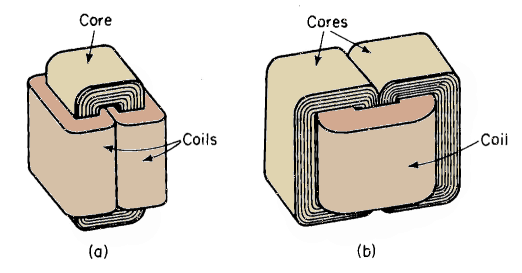@Erfinder
I started a new thread labelled Cause and effect in Electro-magnetic systems. I hope everyone will continue the related discussion there and let the work here continue on topic.
AC
Please start a thread man! I want to discuss more about your view of magnetism so that I can expand my horizons. Under the banner that you raise, I will share my findings if that's cool with you. The thread should be dedicated magnetism as you see it. I will follow your lead! Post that "magnetic" bearing! I can design a new rig to accommodate it.
AC




 It can be done with double layer in order to test different bifilar setups. The layer winding gets interwinding capacitance high! Will this be an disadvantage?
It can be done with double layer in order to test different bifilar setups. The layer winding gets interwinding capacitance high! Will this be an disadvantage?
Comment